By Greg Delaney
12/14/2013 Port-au-Prince, Haiti - At the south end of Main Street in Port -au- Prince is a close-knit community, surrounded by all kinds of shops, body shops and antique shops. This area combines the traditional arts, crafts and religion, and it is here that artists like Jean Herard Céleur and André Eugène grew up in an atmosphere of ghetto and scrap.
In 2009, Atis Rezistans hosted its first Ghetto Biennale. Associated with photographer and curator of the British Museum Leah Gordon, they invited artists, filmmakers, photographers, musicians and writers to come to Main Street to attend or participate in the work done. The event was designed as a "third space ... an event or moment created through the collaboration of artists radically different backgrounds," according to Leah Gordon. The second Biennale was held in October 2011, and revealed contextual, internal and institutional vulnerabilities inequalities across race, class and gender. In December of that year, held the third Biennale, which took as its theme " The Market: Local to Global", with the aim of
New artists of Haiti and the 3rd Biennial ghetto

dealing with the similar and diversity.
The foreign contingent of the Biennale has happened over the last fortnight, but the event culminates on December 13. Most activities are held on the Grand Rue, 622 Boulevard Jean- Jacques Dessalines, to be precise. In addition to the ever-growing group of artists Rezistans , involved important people such as Jason Metcalf (USA) , Allison Rowe ( Canada ), Roberto Peyre (Switzerland), and collective as Caribbean Intransit and Floating Lab. The Conservatives are the founders of the Biennale : Leah , Eugene Céleur .
The works are transformative own meaning , transforming debris art , disunity in harmony, and ultimately telling the story of young people with no academic artistic training , became heirs of a demanding artistic practice and specifically Haitian . As gruesome as some works may seem at first glance, the intention is to affirm and celebrate life. They speak of creation in difficult circumstances, and the vitality of works demonstrates a completely original artistic movement, and almost foreshadows a new Haiti.



